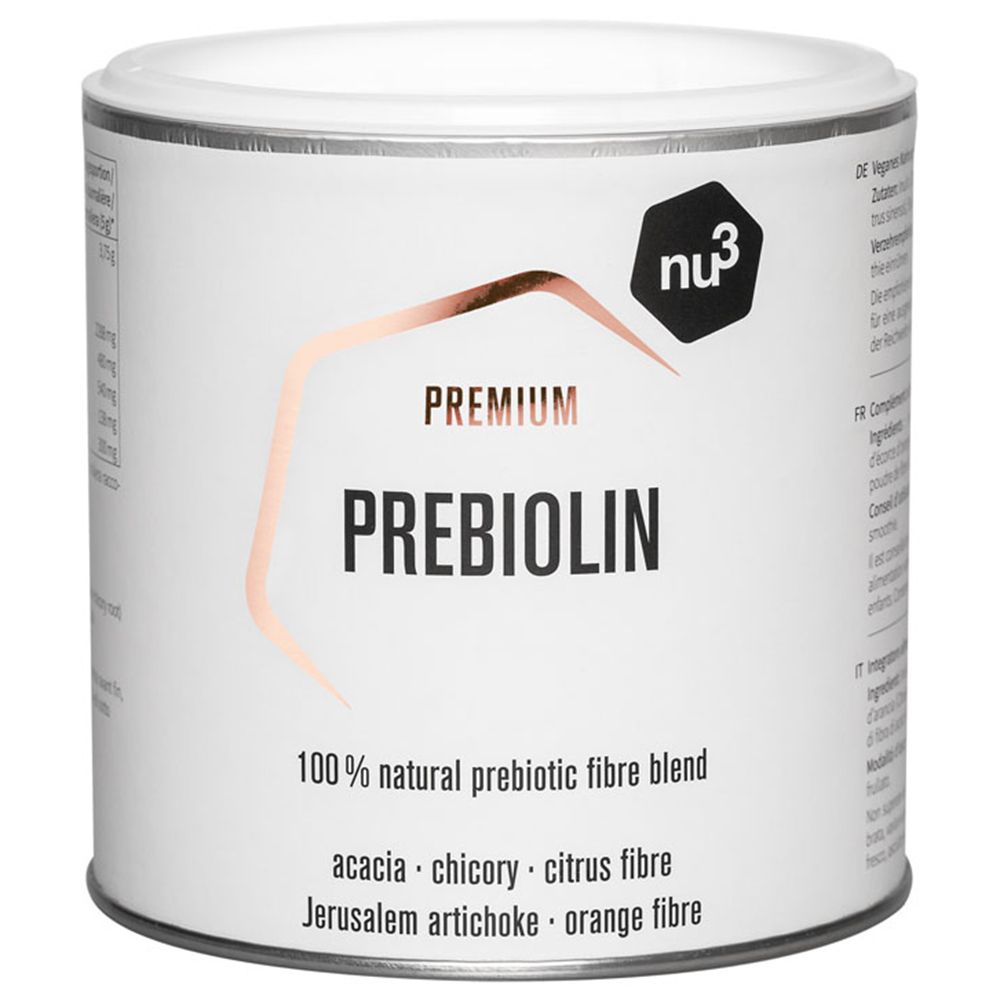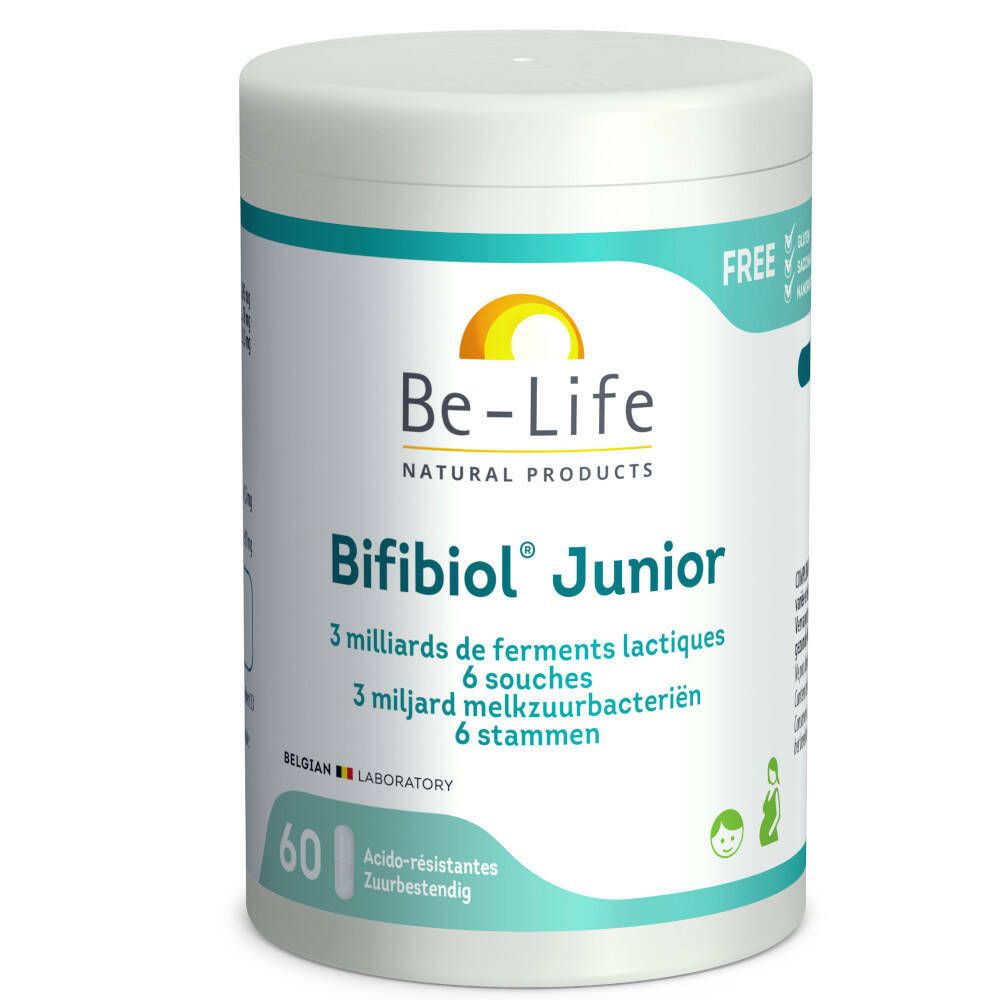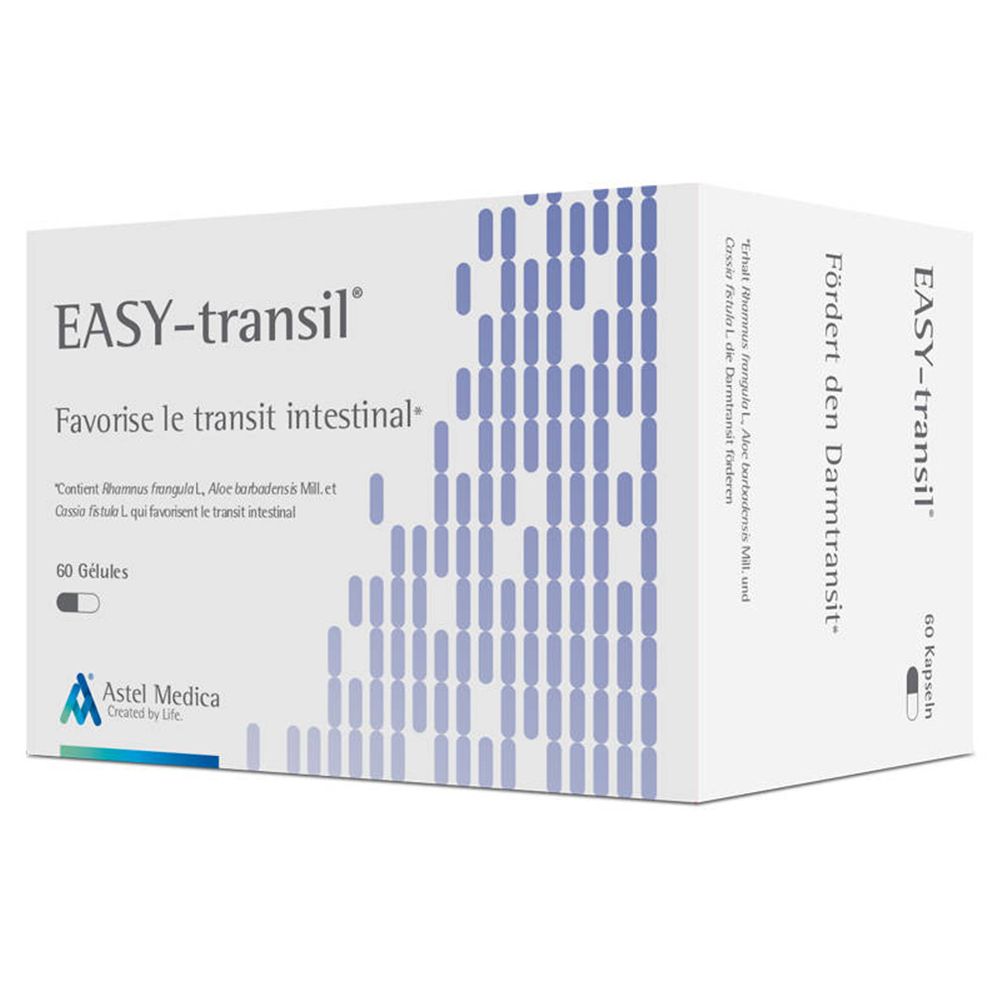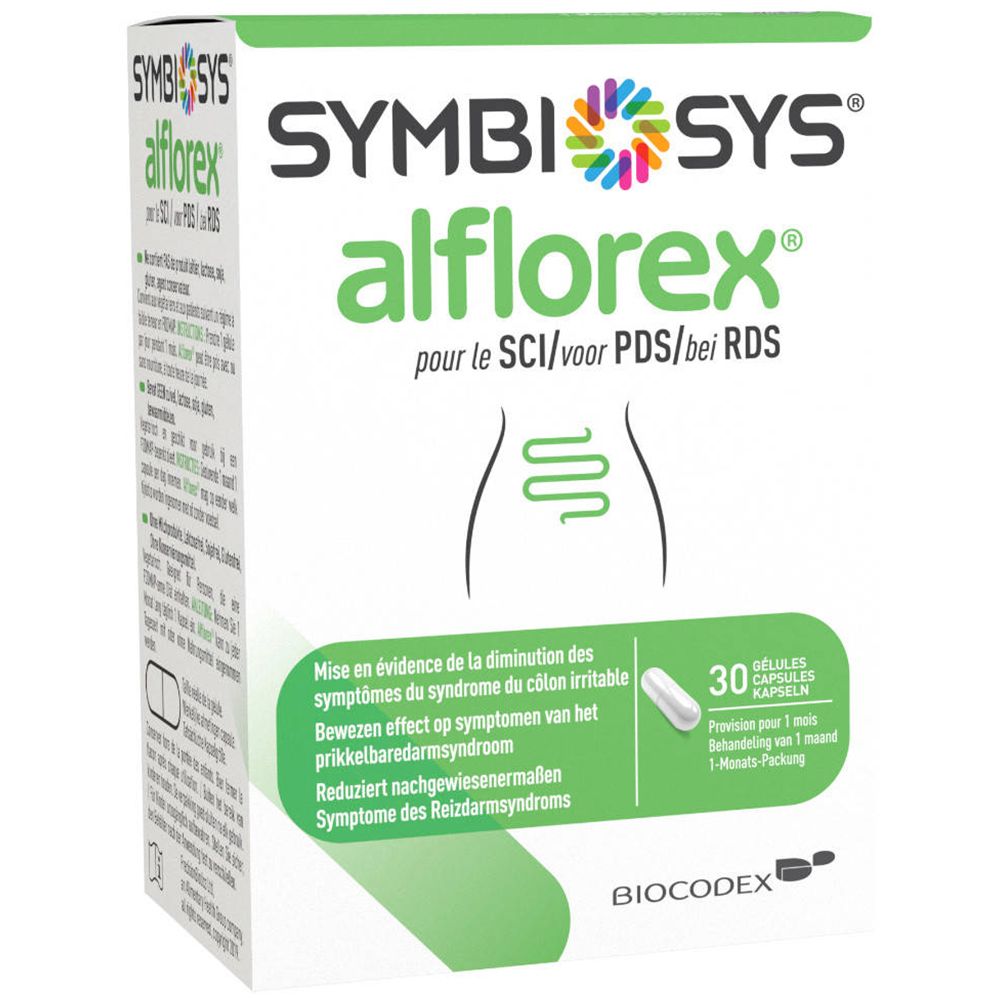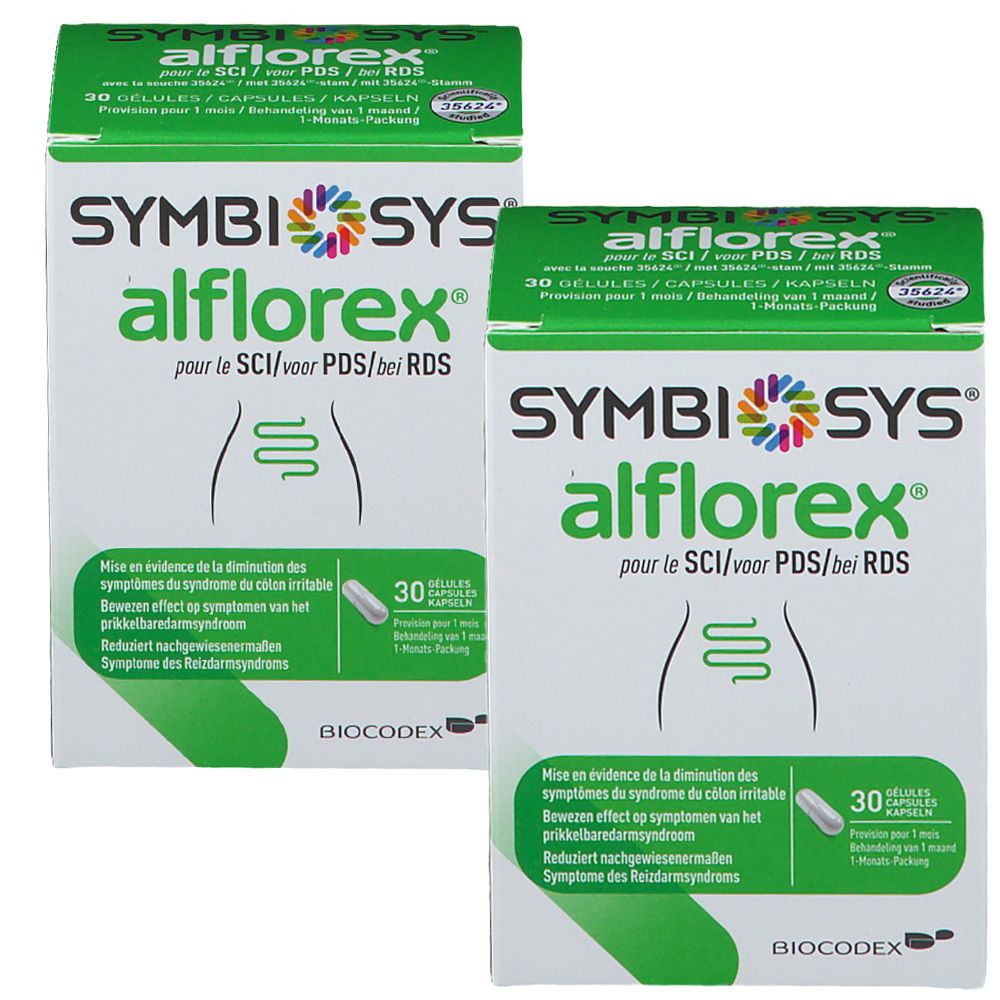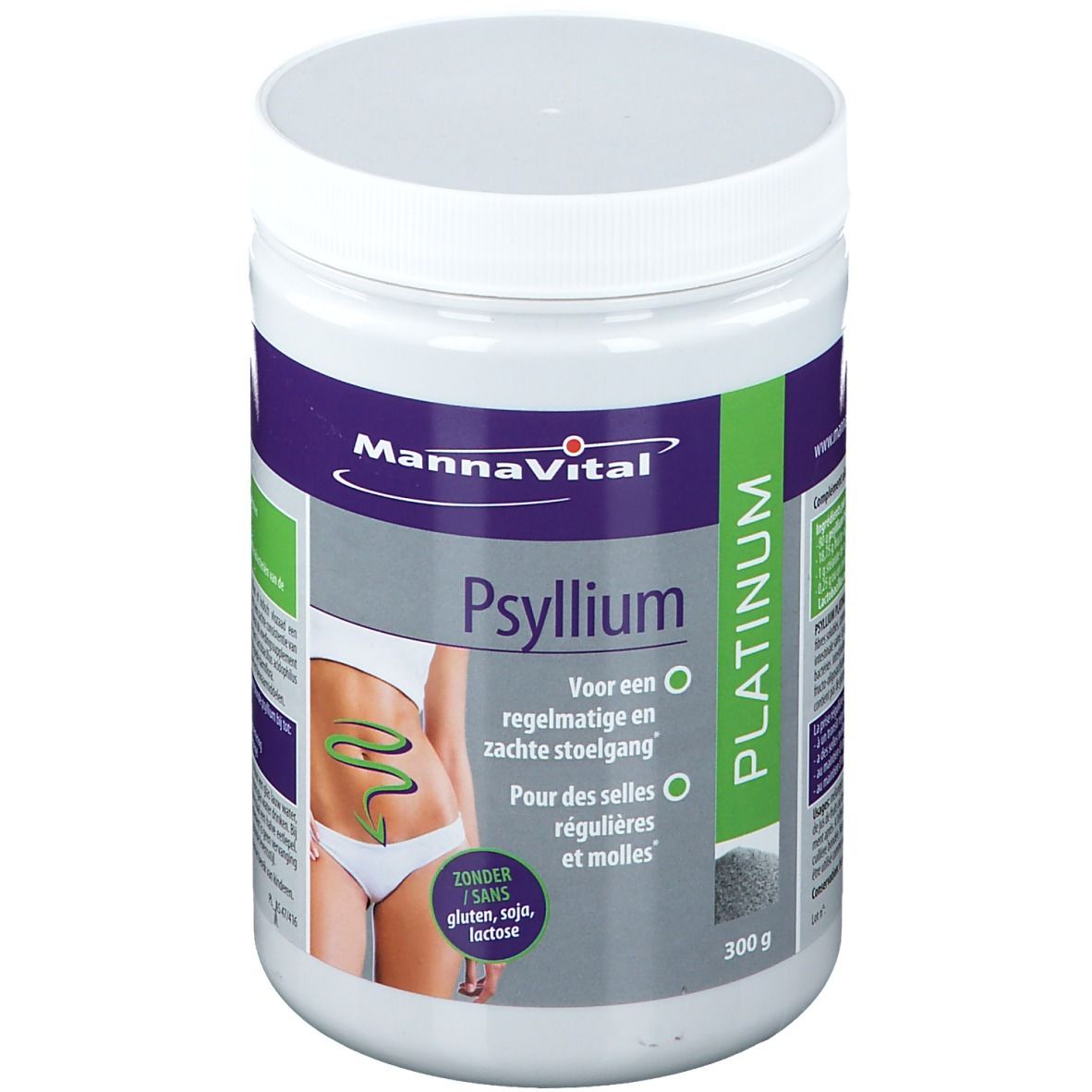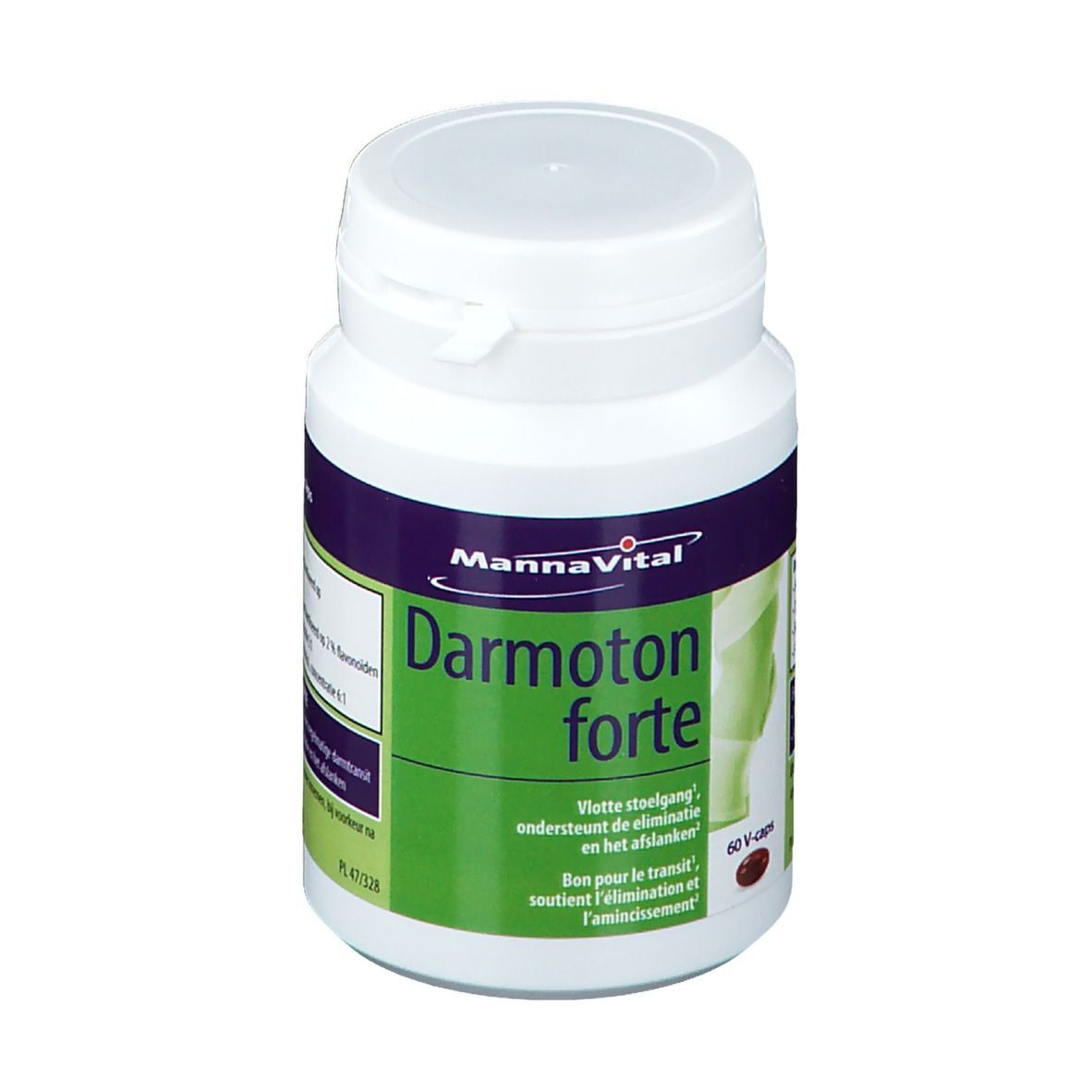Complément alimentaire à utiliser dans le cadre d’une alimentation variée, équilibrée et d’un mode de vie sain.
nu3 Prebiolin
Prébiotique issu de 5 substances végétales
Recette unique à base d'inuline
100 % naturel et vegan
Quelle est la particularité de nu3 Prebiolin ?
La poudre est un complément alimentaire de haute qualité dont les Ingredients sont d'origine végétale et riches en prébiotiques. Ces composants de l'alimentation, principalement des glucides à longue chaîne, servent de nourriture aux bactéries intestinales.
Le prébiotique naturel combine cinq substances végétales : poudre d'inuline issue de la racine de chicorée (Fibruline®), jus de topinambour, poudre de fibre d'acacia (inaveaTM PURE ACACIA), plus fibre d'écorce d'agrumes et poudre d'écorce d'orange. Tous les Ingredients ont fait l'objet d'études : ils peuvent favoriser l'activité et la croissance des bactéries intestinales et contribuer à la production d'acides gras à chaîne courte. [1-5]
La recette est vegan, sans additifs inutiles tels que les arômes et sans édulcorants - pour une qualité optimale. La poudre sent bon l'orange et a un goût neutre avec une note légèrement amère.
Comment prendre nu3 Prebiolin?
Il est préférable de prendre 5 grammes de poudre par jour. Cette dernière peut être mélangée avec les Ingredients suivants
Jus ou smoothie
Muesli ou porridge
Yaourt ou une alternative vegan
Inuline (Chicorée; Cichorium intybus), fibres d’écorce d’agrumes (Citrus L.), poudre d’écorce d’orange (Citrus sinensis), poudre de jus de topinambour biologique (Helianthus tuberosus), poudre de fibre d’acacia (Acacia senegal).
Conseils il faut un certain temps pour s'habituer aux fibres prébiotiques. Par conséquent, il est recommandé de consommer 5 grammes de poudre par jour au début. La quantité peut être augmentée lentement jusqu'à 10 à 15 grammes.
La poudre peut être prise sur une longue période pour augmenter la teneur en fibres de l'alimentation à long terme.
[1] Cherbut, C. et al. (2003): Acacia Gum is a Bifidogenic Dietary Fibre with High Digestive Tolerance in Healthy Humans. In: Microbial Ecology in Health and Disease, 15 (1).
[2] Bouhnik, Y. et al. (2007): Prolonged administration of low-dose inulin stimulates the growth of bifidobacteria in humans. In: Nutrition Research, 27 (4), p. 187-193.
[3] Ramnani, P. et al. (2010): Prebiotic effect of fruit and vegetable shots containing Jerusalem artichoke inulin: a human intervention study. In: British Journal of Nutrition, 104 (2), p. 233-240.
[4] Zhang, S. et al. (2018): Preparation and prebiotic potential of pectin oligosaccharides obtained from citrus peel pectin. In: Food Chemistry, 244, p. 232-237.
[5] Gómez, B. et al. (2014): Purification, Characterization, and Prebiotic Properties of Pectic Oligosaccharides from Orange Peel Wastes. In: Journal of Agricultural and Food Chemistry, 62 (40), p. 9769-9782.
